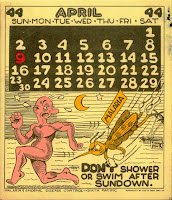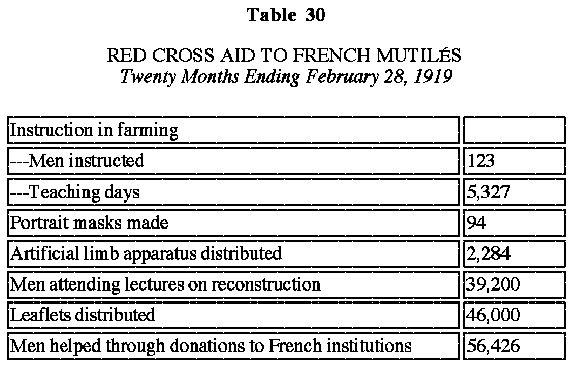PR from the Library of Congress:
NEWS FROM THE LIBRARY OF CONGRESS
101 Independence Ave. S.E.
Washington, DC 20540
April 21, 2009
UNESCO, U.S. Library of Congress and Partners Launch World Digital Library
Paris, Washington D.C.—UNESCO and 32 partner institutions today launched the World Digital Library, a website that features unique cultural materials from libraries and archives from around the world. The site―located at
www.wdl.org ―includes manuscripts, maps, rare books, films, sound recordings, prints and photographs. It provides unrestricted public access, free of charge, to this material.
The launch took place at UNESCO Headquarters at an event co-hosted by UNESCO Director-General Koïchiro Matsuura and Librarian of Congress James H. Billington. Directors of the partner institutions were on hand to present the project to ambassadors, ministers, delegates and special guests attending the semi-annual meeting of UNESCO’s Executive Board.
Billington first proposed the creation of a World Digital Library (WDL) to UNESCO in 2005, remarking that such a project could “have the salutary effect of bringing people together by celebrating the depth and uniqueness of different cultures in a single global undertaking.” Matsuura welcomed the proposal as a “great initiative that will help to bridge the knowledge divide, promote mutual understanding and foster cultural and linguistic diversity.” In addition to promoting international understanding, the project aims to expand the volume and variety of cultural content on the Internet, provide resources for educators, scholars, and general audiences and narrow the digital divide within and between countries by building capacity in partner countries.
The World Digital Library functions in seven languages―Arabic, Chinese, English, French, Portuguese, Russian and Spanish―and includes content in more than 40 languages. Browse and search features facilitate cross-cultural and cross-temporal exploration on the site. Descriptions of each item and videos, with expert curators speaking about selected items, provide context for users and are intended to spark curiosity and encourage both students and the general public to learn more about the cultural heritage of all countries.
The World Digital Library was developed by a team at the Library of Congress. Technical assistance was provided by the Bibliotheca Alexandrina of Alexandria, Egypt. Institutions contributing to the WDL include national libraries and cultural and educational institutions in Brazil, Egypt, China, France, Iraq, Israel, Japan, Mali, Mexico, Morocco, the Netherlands, Qatar, the Russian Federation, Saudi Arabia, Serbia, Slovakia, South Africa, Sweden, Uganda, the United Kingdom and the United States.
“UNESCO welcomes the creation of the World Digital Library which reflects the values and priorities of our organization,” Matsuura declared. “WDL offers an invaluable platform for the free flow of information, for international solidarity, for the celebration of cultural diversity and for the building of inclusive knowledge societies. With projects like the Digital Library, the cultural and societal potential of digital technologies come into their own.”
“We are honored to be working with so many great libraries in this venture,” said Billington, “and thankful for the strong support that UNESCO has given to this project. What we launched today is a first step. We look forward to seeing this project realize its ambition to bring people together, deepen our understanding of each other, and help electronically oriented young people enjoy what is best in traditional culture, using the new media.”
Her Highness Sheikha Mozah Bint Nasser Al-Missned, UNESCO Special Envoy for Basic and Higher Education and Chairperson of Qatar Foundation, congratulated UNESCO and the partner institutions on the launch of the WDL, and stated that “Qatar is very proud to be a founding member of this remarkable international collaboration.” Her Highness noted that “universal education is the key to international understanding,” and “this endeavour will do much to develop the appreciation of other cultures and nations.”
The National Library of China (NLC) contributed manuscripts, maps, books, and rubbings of steles and oracle bones that span the range of Chinese history from ancient to modern times. “The World Digital Library project offers a brand-new platform for showcasing the diversity of the world's civilizations,” said Dr. Furui Zhan, Chief Librarian of the NLC. “This endeavour enables cultural exchange while bringing together different countries and peoples in mutual understanding and enrichment. The spirit of equality and open understanding comes into full view with the creation of this World Digital Library. The National Library of China is ready to work in close cooperation with the World Digital Library, continuing to promote in concert the prosperity and progress of all human civilizations.”
Examples of other treasures featured include Arabic scientific manuscripts from the National Library and Archives of Egypt; early photographs of Latin America from the National Library of Brazil; the “Hyakumanto darani,” a publication from A.D. 764 from the National Diet Library of Japan; the famous 13th century “Devil’s Bible” from the National Library of Sweden; and works of Arabic, Persian, and Turkish calligraphy from the collections of the Library of Congress.
Ahead of the launch, Matsuura invited UNESCO member states to encourage their cultural institutions to participate in the development of the project. He noted that their participation would contribute to a truly universal digital library that showcases the cultural heritage and achievements of all countries. Matsuura also highlighted the synergies between this initiative and UNESCO’s Memory of the World Program, noting that the WDL should help provide public access to digital versions of collections on the Memory of the World register.
One of UNESCO’s main mandates is to promote the free flow of all forms of knowledge in education, science, culture and communication. The organization therefore promotes education, research and exchanges through the improved and increased availability of content on the Internet. To this end, it collaborates with a number of partners on the creation of digital and other repositories.
Founded in 1800, the Library of Congress is the oldest federal cultural institution in the United States. It seeks to spark imagination and creativity and to further human understanding and wisdom by providing access to knowledge through its magnificent collections, programs and exhibitions. Many of the Library’s rich international resources will be available through the World Digital Library at www.wdl.org, while other resources can be found at the Library’s main website, www.loc.gov and via interactive exhibitions on a new, personalized website at myLOC.gov.
# # #
PR 09-82
4/21/09
ISSN 0731-3527








































